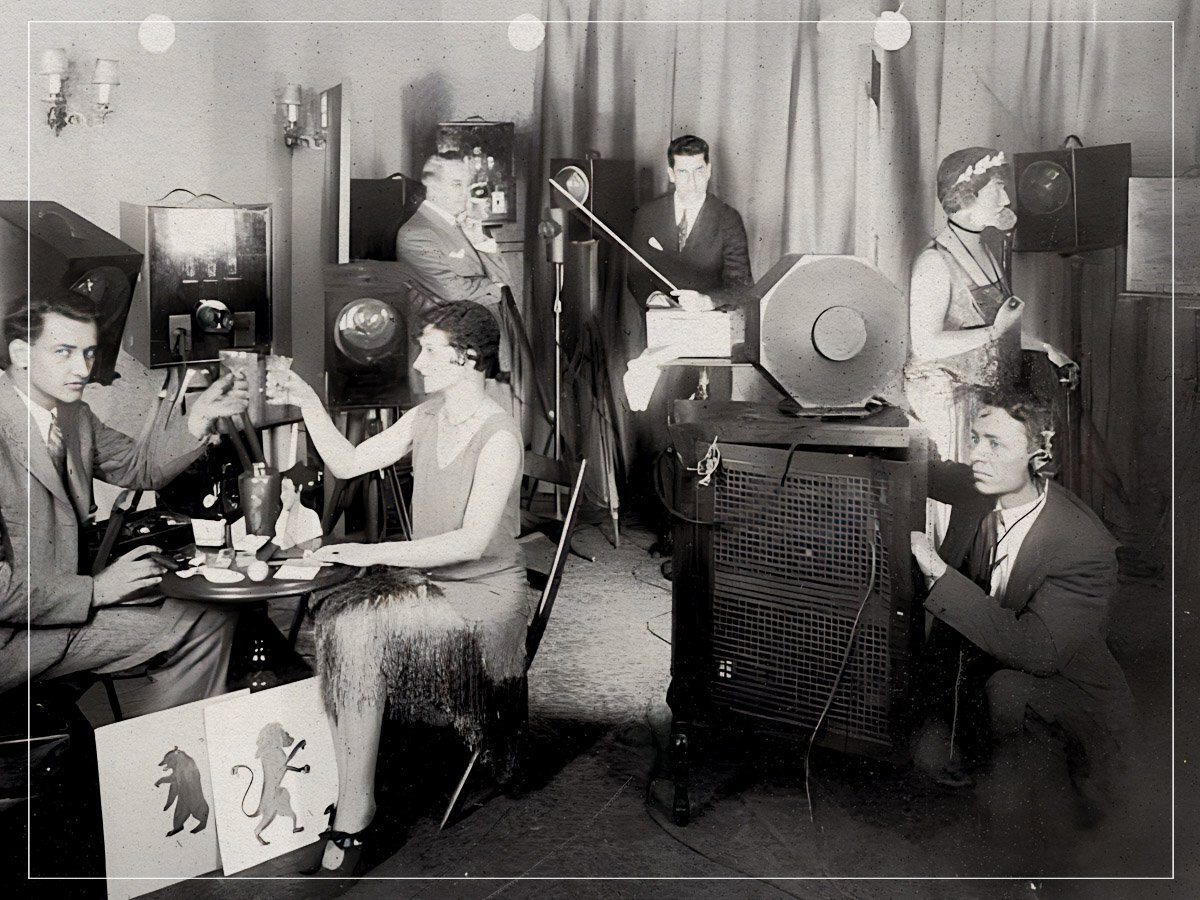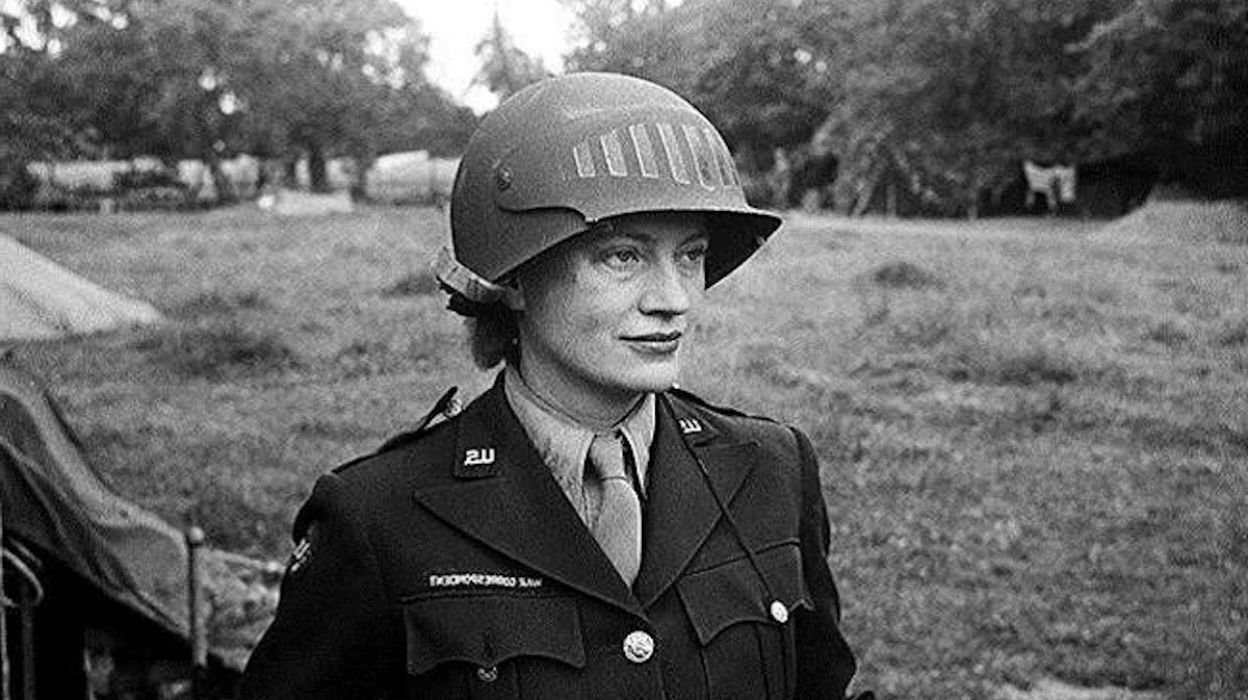
Ever wondered about the origins of television drama? The first television drama, "The Queen's Messenger," aired in 1928, marking a significant milestone in entertainment history. This groundbreaking broadcast was a short play performed live, showcasing the potential of this new medium. Television dramas have since evolved, captivating audiences with complex characters, intricate plots, and stunning visuals. From black-and-white broadcasts to high-definition streaming, the journey of TV dramas reflects technological advancements and changing viewer preferences. Dive into these 35 fascinating facts to uncover the rich history and evolution of television drama, from its humble beginnings to its current status as a cultural phenomenon.
Key Takeaways:
- The first television drama, "The Queen's Messenger," aired in 1928 with only two actors and a low-resolution broadcast. It set the stage for the evolution of television dramas and the impact they have had on popular culture.
- Television drama has come a long way since its early days, with technological advancements, iconic shows, and a bright future ahead. It has influenced society, led to the rise of streaming services, and continues to evolve with new trends and innovations.
The Dawn of Television Drama
Television drama has a rich history that dates back to the early days of TV. Let's explore some fascinating facts about the first television dramas.
-
The first television drama ever broadcast was "The Queen's Messenger" in 1928. It was aired by W2XBS, an experimental station in New York City.
-
"The Queen's Messenger" was a 40-minute play written by J. Harley Manners. It was performed live and featured only two actors.
-
The actors in "The Queen's Messenger" were Izetta Jewel and Maurice Randall. They performed in front of a single camera.
-
The broadcast of "The Queen's Messenger" was a technical marvel. It used a mechanical scanning system to transmit the images.
-
The resolution of the broadcast was extremely low by today's standards. It was only 48 lines, compared to the 1080 lines of modern HD television.
Early Innovations in Television Drama
The early days of television drama saw many innovations and experiments. Here are some interesting facts about these pioneering efforts.
-
In 1930, the BBC aired its first television drama, "The Man with the Flower in His Mouth." It was adapted from a play by Luigi Pirandello.
-
"The Man with the Flower in His Mouth" was performed live and broadcast from the Baird Television Company studio in London.
-
The BBC's early television dramas were often adaptations of stage plays. This was because the limited technology made it difficult to create original content.
-
In 1936, the BBC began regular television broadcasts. This included a mix of drama, news, and entertainment programs.
-
The first full-length television drama was "The Streets of New York," broadcast by NBC in 1939. It was an adaptation of a popular stage play.
Technological Advances in Television Drama
As technology advanced, so did the quality and complexity of television dramas. Here are some key developments from the early years.
-
The introduction of electronic cameras in the late 1930s improved the quality of television broadcasts. This allowed for more detailed and realistic images.
-
In 1947, the first television drama series, "Kraft Television Theatre," premiered. It aired live performances of plays and original scripts.
-
"Kraft Television Theatre" was a major success and ran for over a decade. It helped establish the format of the television drama series.
-
The use of multiple cameras became standard practice in the 1950s. This allowed for more dynamic and visually interesting productions.
-
The advent of videotape in the late 1950s revolutionized television drama. It allowed for pre-recorded broadcasts and more complex editing.
Iconic Early Television Dramas
Several early television dramas have become iconic and influential. Here are some notable examples.
-
"The Twilight Zone," which premiered in 1959, is one of the most famous early television dramas. It combined science fiction, fantasy, and horror elements.
-
"Playhouse 90," which aired from 1956 to 1961, was known for its high-quality productions. It featured adaptations of classic plays and original scripts.
-
"The Defenders," which premiered in 1961, was one of the first television dramas to tackle social issues. It focused on a father-and-son legal team.
-
"The Outer Limits," which aired from 1963 to 1965, was another influential science fiction drama. It featured self-contained episodes with different characters and stories.
-
"The Fugitive," which ran from 1963 to 1967, was a groundbreaking drama series. It followed the story of a man wrongly accused of murder, on the run from the law.
The Impact of Television Drama
Television drama has had a profound impact on popular culture and society. Here are some ways it has influenced the world.
-
Early television dramas helped establish television as a legitimate art form. They demonstrated that TV could be more than just entertainment.
-
Television dramas have often been at the forefront of social change. They have tackled important issues like racism, sexism, and poverty.
-
The success of television dramas has led to the rise of the "Golden Age of Television." This period, which began in the late 1990s, is characterized by high-quality, critically acclaimed shows.
-
Television dramas have influenced other forms of media, including film and literature. Many successful TV dramas have been adapted into movies and books.
-
The popularity of television dramas has led to the creation of fan communities. These fans often discuss and analyze their favorite shows online.
The Evolution of Television Drama
Television drama has evolved significantly since its early days. Here are some key developments in its history.
-
The introduction of color television in the 1960s added a new dimension to television dramas. It allowed for more visually stunning productions.
-
The rise of cable television in the 1980s and 1990s led to the creation of more niche and experimental dramas. Channels like HBO and Showtime became known for their high-quality original programming.
-
The advent of streaming services in the 2000s has revolutionized television drama. Platforms like Netflix, Hulu, and Amazon Prime have produced some of the most acclaimed shows of recent years.
-
The use of digital technology has transformed the production of television dramas. It has allowed for more complex special effects and higher production values.
-
The global reach of television dramas has increased thanks to the internet. Shows from different countries are now easily accessible to international audiences.
The Future of Television Drama
The future of television drama looks bright, with many exciting developments on the horizon. Here are some trends to watch.
-
The rise of virtual reality and augmented reality could revolutionize television drama. These technologies could create more immersive and interactive viewing experiences.
-
The increasing diversity of television dramas is a positive trend. More shows are being created by and for underrepresented groups.
-
The use of artificial intelligence in television production is an emerging trend. AI could be used to create more realistic special effects and streamline the production process.
-
The popularity of limited series and anthologies is growing. These formats allow for more focused and high-quality storytelling.
-
The continued rise of streaming services will likely lead to more innovative and experimental television dramas. These platforms are not bound by the same constraints as traditional TV networks.
The Legacy of Early Television Drama
Early television drama set the stage for today's entertainment. Those pioneering shows, with their simple sets and live performances, laid the groundwork for the complex, high-budget productions we enjoy now. They introduced us to unforgettable characters and gripping stories, proving that TV could be more than just a passing fad.
These early dramas also pushed the boundaries of what was possible on screen. They experimented with new storytelling techniques and tackled social issues head-on, often sparking important conversations. Their influence is still felt in modern TV, where innovation and bold storytelling continue to thrive.
Remembering the roots of television drama helps us appreciate how far the medium has come. From those first flickering images to today's high-definition spectacles, TV drama has evolved, but its core mission remains the same: to entertain, challenge, and inspire viewers.
Frequently Asked Questions
Was this page helpful?
Our commitment to delivering trustworthy and engaging content is at the heart of what we do. Each fact on our site is contributed by real users like you, bringing a wealth of diverse insights and information. To ensure the highest standards of accuracy and reliability, our dedicated editors meticulously review each submission. This process guarantees that the facts we share are not only fascinating but also credible. Trust in our commitment to quality and authenticity as you explore and learn with us.


